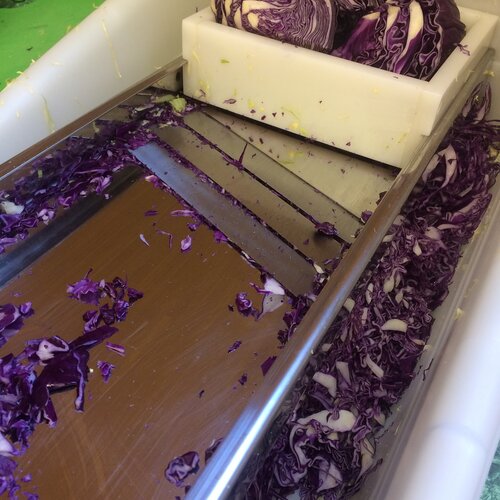NOURISHING TRADITIONS: FERMENTED FOODS
posted on
April 17, 2020
ANCIENT WISDOM
Cultures around the world have consumed some form of lacto-fermented food for generations. These foods are an excellent source of enzymes that aid in digestion. They contain beneficial bacteria that support gut health and immune function.
Most of us are familiar with sauerkraut as one of many fermented foods. But did you know that the list is a lot longer.
Many foods that we consume on a daily basis are lacto-fermented.
- Yogurt and cheese
- Beverages like kombucha, kvass and lacto-fermented sodas
- Meats in the form of salami and gravlax (a cold processed salmon)
- Veggetables and fruits
ONE WAY TO PRESERVE FOOD
Ancient cultures understood the benefits of fermented foods. Most of our planet cannot grow food year round. Because of our climate restrictions we had to figure out how to preserve the food that was gathered or produced in- season.
The Creator knew what our climate constraints would be and that we would still need to eat in the off-season. Lactobacilli are present on the surface of all living things and especially numerous on leaves and roots of plants growing in or near the ground. They act as a natural preservative that inhibits putrefying bacteria. Starches and sugars in vegetables and fruits are converted into lactic acid by the many species of lactic-acid-producing bacteria. These systems are in place in nature and only need to be learned by humans Through observation and experimentation we have learned the techniques for controlling and encouraging their proliferation.
Lactobacilli organisms produce numerous helpful enzymes as well as antibiotic and anticarcinogenic substances. Their main by-product, lactic acid, not only keeps vegetables and fruits in a state of perfect preservation but also promotes the growth of healthy flora throughout the intestine.
“Scientists and doctors today are mystified by the proliferation of new viruses–not only the deadly AIDS virus but the whole gamut of human viruses that seem to be associated with everything from chronic fatigue to cancer and arthritis. They are equally mystified by recent increases in the incidence of intestinal parasites and pathogenic yeasts, even among those whose sanitary practices are faultless. Could it be that in abandoning the ancient practice of lacto-fermentation and in our insistence on a diet in which everything has been pasteurized, we have compromised the health of our intestinal flora and made ourselves vulnerable to legions of pathogenic microorganisms? If so, the cure for these diseases will be found not in vaccinations, drugs or antibiotics but in a restored partnership with the many varieties of lactobacilli, our symbionts of the microscopic world.” Nourishing Traditions: The Cookbook that Challenges Politically Correct Nutrition and the Diet Dictocrats by Sally Fallon with Mary G. Enig, PhD.
We have been making and consuming our own lacto-fermented foods for years. It is so simple to make these in our home kitchens. You can check out the Nourishing Traditions book for many simple recipes.
If you don’t feel like you have the time or experience to make your own we have a solution for you. We started making a variety of different sauerkraut and kombucha flavours that are available through our booth at the Grande Prairie Farmers Market and our online store.
Shredding Cabbage for Ruby Sauerkraut
SUPER EASY SAUERKRAUT AT HOME WORKSHOP
When we no longer have to practice social distancing we will be hosting our “Super Easy Sauerkraut at Home” workshop on our farm. You will learn step-by-step how to make the best sauerkraut you have ever eaten and have a jar to take home with you.
If this workshop interests you let us know in the comments when you subscribe below. You won’t want to miss out on this workshop.




